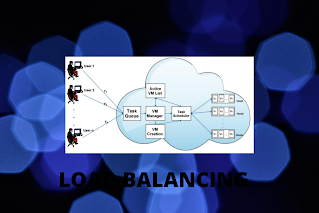Advantages
1) Cost-saving: As the number of physical servers reduces due to the deployment of a number of virtual servers on the same physical server, it reduces the cost.
2) Less Energy Consumption: As the number of physical servers is reduced, energy consumption is less.
3) Reduces the number of physical servers: This saves space in any organization.
4) Independent user environment: As each user can use its own virtual server, without affecting the other virtual servers on the same physical machine.
Disadvantages
1) High Risk in case of physical server failure: We are very happy when we can run 4 instances in one physical machine. But, what happens if that one physical server has some failure, if that happens the 4 instances that were created are also affected.
2) Performance hampers: If multiple virtualized servers are created on a physical server that means that the number of instances is using the same physical resources, due to which the virtual servers may hamper the performance.
3) Not Easy to manage: As we can manage the physical machines it is difficult to manage the virtual machines. To create the virtual machines there is various software required like VMWare, Virtual Box, Hyper-V, etc which require advanced knowledge.
4) Not all applications are supported: There are many applications that do not support virtualization so while creating the virtualized server, we have to choose that OS which can act in a virtualized environment.





Good pointers shared. Thank you.
ReplyDeleteThanks for knowledge sharing
ReplyDeleteVery well explained
ReplyDeleteGood article.
ReplyDelete